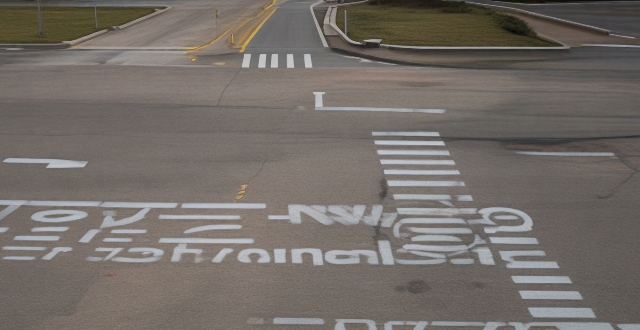Changing lanes on a busy highway can be challenging, but following these steps ensures safety: check mirrors and blind spots, signal early and clearly, recheck surroundings, change lanes smoothly and quickly, and maintain a safe distance. Prioritize safety over speed.

How to Safely Change Lanes on a Busy Highway
Changing lanes on a busy highway can be daunting, but with the right techniques and precautions, you can do it safely. Here are some steps to follow:
1. Check Your Mirrors and Blind Spots
Before changing lanes, always check your mirrors and blind spots to ensure that there are no other vehicles in your way. This will help you avoid collisions and keep yourself and other drivers safe.
- Mirrors: Use your rearview and side mirrors to check for any vehicles behind or beside you. Make sure there is enough space between you and the other vehicles before changing lanes.
- Blind Spots: Even if your mirrors show that it's clear to change lanes, always check your blind spots by turning your head and looking over your shoulder. This will help you spot any vehicles that may be hiding in your blind spots.
2. Signal Early and Clearly
Once you have checked your mirrors and blind spots and determined that it's safe to change lanes, signal early and clearly to let other drivers know your intentions. This will give them time to adjust their speed or change lanes if necessary.
- Signal Light: Use your turn signal to indicate which direction you are planning to move in. Make sure to activate it several seconds before changing lanes so that other drivers have enough time to react.
- Hand Signal: If you are turning left or right, use hand signals to indicate your intentions. This is especially important if your vehicle does not have functioning turn signals.
3. Check Your Surroundings Again
Before actually changing lanes, take one more quick look around to make sure the coast is still clear. This will help you avoid any unexpected obstacles or sudden changes in traffic conditions.
- Mirrors and Blind Spots: Recheck your mirrors and blind spots to ensure that there are no other vehicles in your way.
- Traffic Conditions: Pay attention to any changes in traffic conditions, such as slowed traffic ahead or construction zones that may affect your ability to change lanes safely.
4. Change Lanes Smoothly and Quickly
Once you have checked your surroundings again and determined that it's safe to change lanes, do so smoothly and quickly. This will help you avoid cutting off other drivers or causing confusion on the road.
- Accelerate Slightly: Accelerate slightly as you change lanes to maintain a safe distance from the vehicle beside you.
- Steer Smoothly: Steer smoothly and gradually into the new lane, being careful not to cut off other drivers or cause them to brake suddenly.
5. Maintain a Safe Distance from Other Vehicles
After changing lanes, maintain a safe distance from other vehicles to avoid collisions and give yourself enough time to react to unexpected situations.
- Following Distance: Keep a safe following distance between you and the vehicle ahead of you. A good rule of thumb is to leave at least one car length for every ten miles per hour of speed.
- Be Alert: Stay alert and aware of your surroundings, paying attention to any sudden changes in traffic conditions or potential hazards on the road.
By following these steps, you can change lanes on a busy highway safely and confidently. Remember to always prioritize safety over speed, and never hesitate to wait for a safer opportunity to change lanes if necessary.